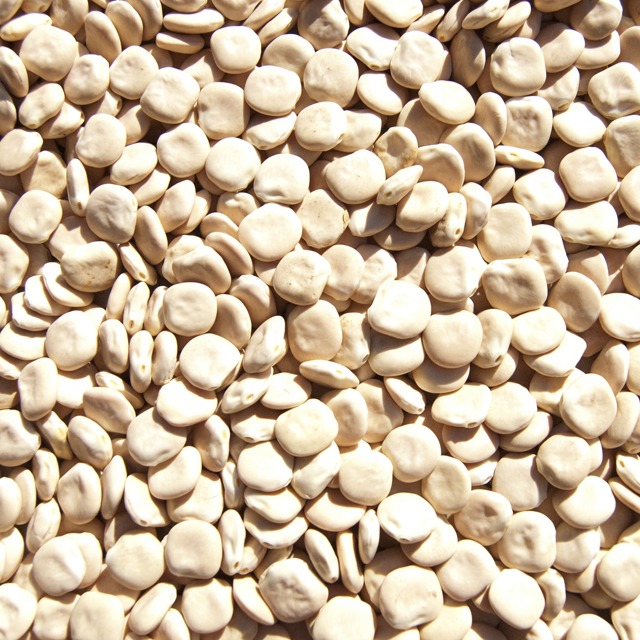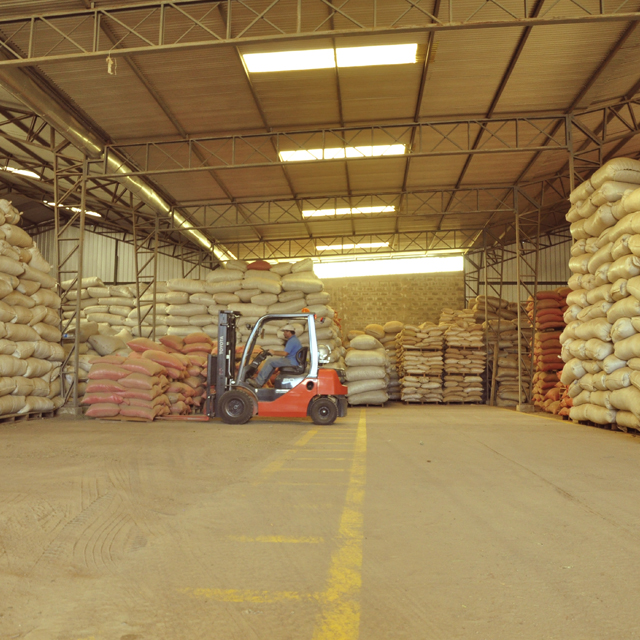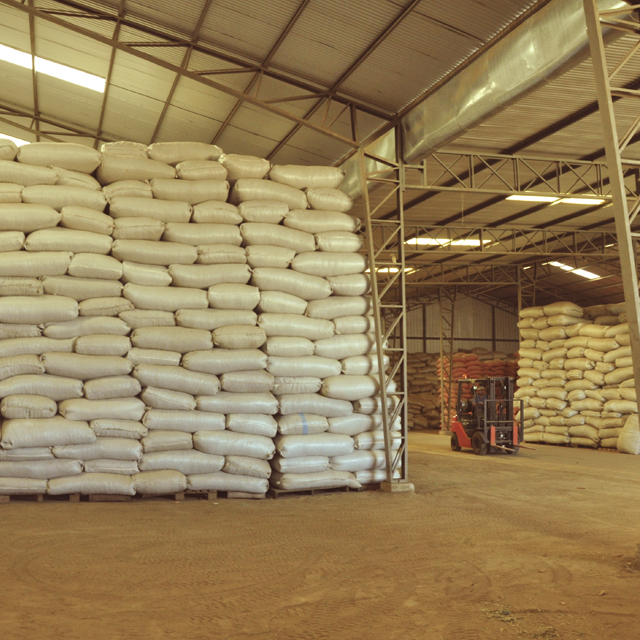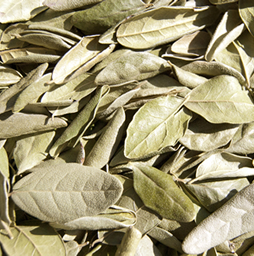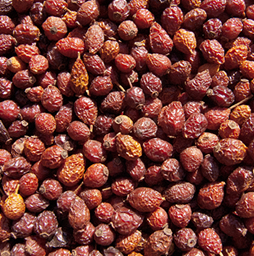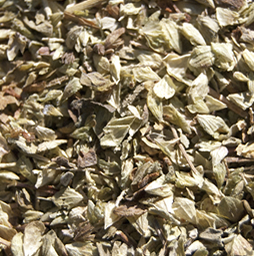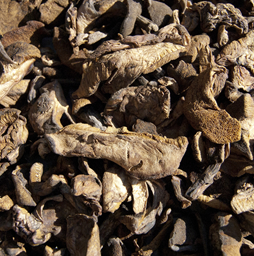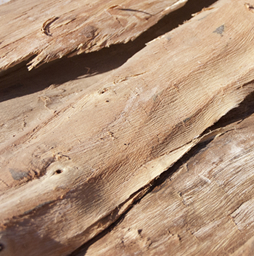DESCRIPTION
Bitter Lupins or Lupinus Albus
Also known as white lupine, lupine, entremozo or, also in places called vetch or – especially in Argentina-lupine, is a species from the legume family Fabaceae and subfamily Faboideae. It has a flattened seed which is a pulse, that is usually used to feed ruminant livestock, inserted in their diet as a protein supplement. It is also edible for humans if previously soaked in salted water to remove it’s bitterness.
Bitter lupines are separated by size or caliber, with the smaller (8/10 mm) for animal consumption, chopped or ground and bigger sizes (11 to 19 mm) are mainly used for human consumption.
BENEFITS
Components: It is a very nutricious seed due to its high quality protein content, up to 38%, and its high content of vegetable fiber 24% which favors intestinal transit, it also has a 7,5% minerals and alcaloides (lupanine, lupinine, sparteine and gramine). The most abundant minerals found are calcium, magnesium, phosphorus, potassium and sodium; others appear at trace levels such as boron, cobalt, iron, manganese, molybdenum and zinc.
- Product Name: Bitter Lupins
- Common Name: Lupine, Lupine White, Grass pea, Lupin
- Scientific name: Lupinus Albus
- Cultivation: Agro-Industrial
- Dehydration: In the sun
- Harvest Date: April and May
- Process Harvest: Mechanic (Blinders and Threshers)
- Caliber: 8-10 mm, 11-12 mm and 13-15 mm
